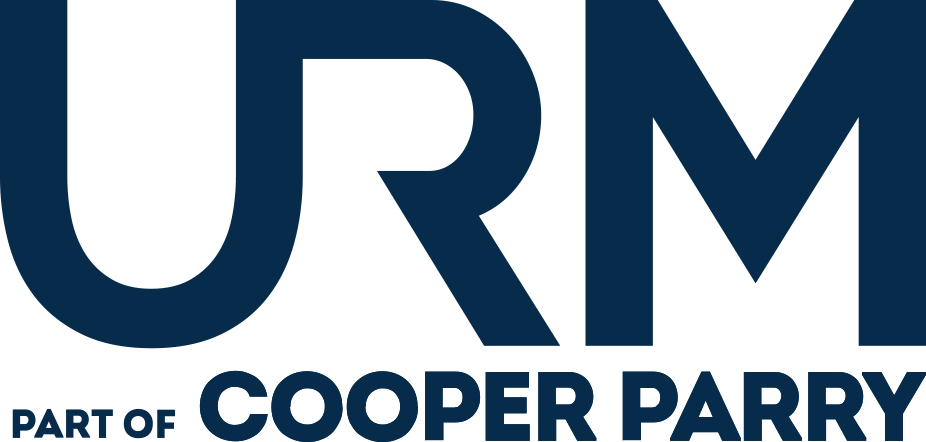In recent years, working from home has become a standard working practice – but how do we go about it in a secure way? In this blog, we aim to provide 10 top tips to enable you to embed key cyber security practices and keep important information assets safe and secure whilst working remotely.
1. Keep Assets Out of Sight
Store laptops and other computer equipment out of sight when not being used; this way, they won’t become a target. Make sure you also do this when transporting these assets, i.e., put them in the boot, not on the back seat, and do the same with hardcopy confidential information.
2. Clear ScreenDF
Most organisations have a clear screen policy, part of which requires screens to be locked when you are away from your desk. You should continue to do this when at home too. Predominantly, this is to keep confidential information away from family members, tenants or visitors in your home, but neither do you want the cat to walk across your keyboard and undo all your hard work!
3. Strong Password
If you can use your own computer/device for work purposes, make sure that you have set a password that meets your company’s password policy.
4. Anti-Virus
If you are using your own computer/device, also make sure that you have up-to-date anti-malware (anti-virus) software installed and running.
5. Patching
Make sure your computer is fully patched. For most of us, that means checking that Windows updates have been installed.
6. Router and Wi-Fi
Many of us will be connecting to the Internet using a Wi-Fi router. There are a couple of things to check here. First, make sure that the router itself is password protected and that only authorised people know the password. The second is to ensure that the Wi-Fi connection is password protected and is also encrypted. Check the settings on the router. You are looking for WPA-2 to be enabled. This stands for Wi-Fi protected access, and it is enabled by default on most modern routers - but check to be sure.
7. Setting up Virtual Network
If you have the technical know-how to do so, consider setting up a separate virtual network within the router that only your work computer is connected to. This will mean that even if other systems/devices in your home have weak security, you will have an extra layer of protection. These other systems/devices include mobile phones, tablets and computer systems that belong to other members of the family. These may not be fully patched and may not have adequate protection from malware.
8. Separate Network
If you have items that have a Wi-Fi connection for the sake of convenience, consider putting these into a separate network as well. We call this the Internet of things (IoT), and it comprises items such as Wi-Fi-connected central heating systems and other home automation products, and maybe even the fridge and the kettle!
9. Encryption
If you need to send information from home to somewhere out there on the Internet, consider encrypting the files before you send them or, better still, encrypt your connection end to end by using a VPN for Mac or Windows.
10. Stay Informed
This means that you should ensure that you take your information and advice from reputable sources. Always seek information from primary, trustworthy sources, such as the government’s website or the websites of your bank or major brands. Always type in the address of such websites into your browser if you know it. Never click on a link in an email or social media message.
Help is available from your organisation’s IT, information security or compliance department. Follow their guidance and if you are not sure about something, ask. In this situation, the old adage applies: there is no such thing as a stupid question.
How URM can Help?
By following the advice in this blog, you will be able to ensure that your organisation’s personnel take the fundamental steps to maintaining the security of its assets whilst working remotely. However, if you would benefit from further advice and more sophisticated measures to protect against a broader spectrum of threats, URM can offer a range of information and cyber security consultancy services to help secure your organisation.
Our team can help you prepare for and facilitate your Cyber Essentials assessment; we can conduct a gap analysis to help you identify any areas of noncompliance, and work through a Cyber Essentials checklist with you before you complete your self-assessment questionnaire (SAQ) or check your already completed SAQ prior to submission. Having assisted over 400 organisations to achieve ISO 27001 certification over the last 2 decades, URM is also ideally placed to support your organisation’s implementation of and certification to the Standard. The ISO 27001 support we offer is fully flexible and tailored to your organisation’s needs, and our consultants can assist you with any aspect of conformance with the Standard that you require.
URM can help you achieve ISO 27001 certification
Unsure whether your ICT risk framework meets DORA standards? Our experts will carry out a detailed gap analysis and provide clear, prioritised steps to help you achieve full compliance.
Our consultants will evaluate your organisation against DORA’s core requirements. Gain practical insights to strengthen your digital resilience and meet regulatory expectations.

Many organisations have had to adapt very quickly to the rapidly changing restrictions brought in across the globe to help combat the spread of COVID-19.

Blog, produced in collaboration with BSI, discusses the timeline for transition to ISO 27001:2022 and what you can expect from your transition assessment.

In order to meet the requirements of ‘Asset management’ A.8 from Annex A of ISO 27001, it is necessary to identify organisational assets and define protection



